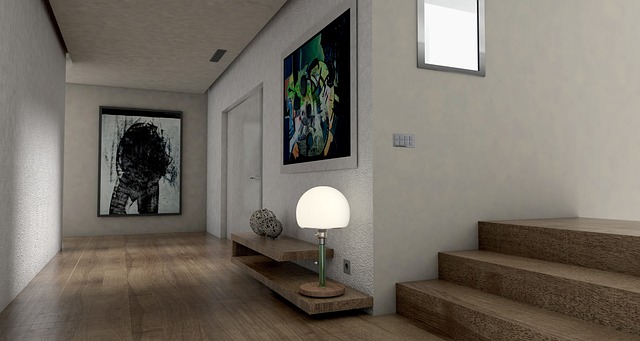The Ultimate Guide to Crafting an Authentic Simulation Experience
In the world of simulation, creating an authentic experience is more than just replicating reality—it’s about immersing the user so deeply that the lines between the simulated environment and the real world become beautifully blurred. Whether you’re designing flight simulators, medical training modules, or virtual reality games, the key lies in capturing the essence of genuine interaction and sensation.
Understanding What Makes an Experience Authentic
An authentic experience isn’t just visually accurate; it engages multiple senses and resonates emotionally. It’s about creating a scenario that feels real, challenges the user appropriately, and offers meaningful feedback. Authenticity involves a balance between precision and immersion, ensuring that every detail serves a purpose in enhancing the user’s connection to the simulation.
Start with Real-World Data
Authenticity begins with fidelity. Using accurate, real-world data as your foundation ensures that the simulation behaves as expected. For example, if you’re simulating weather patterns, integrating real meteorological data provides an experience that feels intuitive and credible. The more your simulation mirrors the natural nuances and unpredictability of reality, the richer the authentic experience becomes.
Focus on Sensory Engagement
Visuals are important, but don’t overlook sound, touch, and even smell when possible. Haptic feedback can simulate resistance and texture, while spatial audio adds depth and realism. These layers of sensory details transform a simulation from a flat experience into a living, breathing environment.
Incorporate Realistic Scenarios and Challenges
One of the most powerful ways to achieve authenticity is through believable storylines and situations. The challenges should push users to think and react as they would in real life. Incorporate decision-making processes, consequences, and adapting variables that reflect how reality changes dynamically. This not only heightens immersion but also prepares users for actual real-world applications.
Prioritize User Interaction and Feedback
An authentic experience invites users to interact naturally with the simulation. Intuitive controls and responsive environments are crucial. Real-time feedback helps users learn and understand the cause and effect within the simulation, reinforcing the sensation that their actions truly matter. Tailoring feedback to replicate real-world outcomes builds trust in the simulation’s realism.
Embrace Continuous Improvement and User Input
Authenticity is a moving target. Gather feedback regularly from users who experience the simulation firsthand and adjust accordingly. Realism can be enhanced by addressing pain points, refining details, and updating the simulation to keep pace with new discoveries or changes in the real world.
Conclusion
Building an authentic experience in simulation is an art and a science—a blend of accurate replication, thoughtful design, and emotional engagement. By focusing on realism, sensory detail, meaningful interaction, and ongoing refinement, you create simulations that do more than mimic reality; they enrich understanding and prepare users for the real world in powerful, unforgettable ways.



